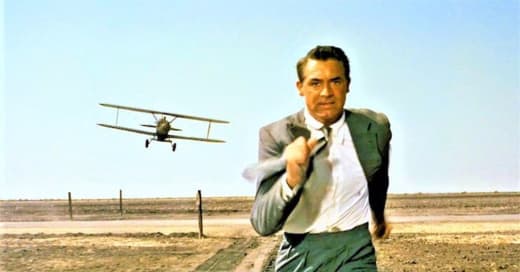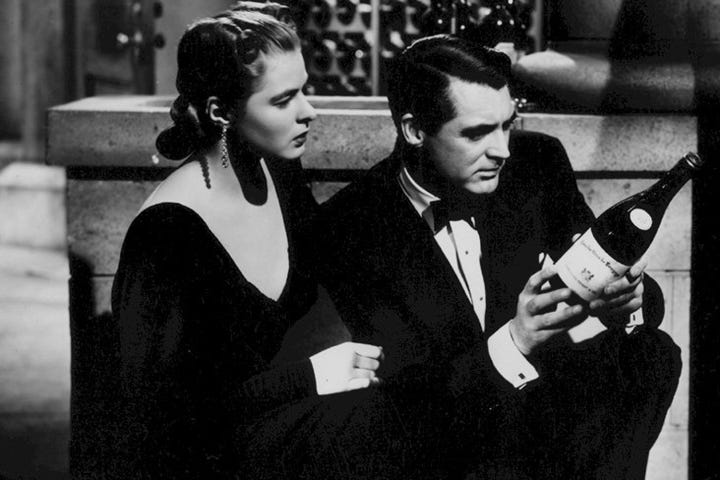In my last post on Rewriting I said I was saving the key concept of SETPIECE SCENES for its own post. (Or two, or three…) Because this is one of the most important craft and career game changers that authors can take from filmmaking, and of course is critical for any screenwriter or any other filmmaker to understand.
What am I talking about? Think of a movie you love, and then think of the most memorable scenes in it (and make a list!) The scenes featured in the trailers to entice people to see the movie. The scenes everyone talks about after the credits roll:
- That elaborate, booby-trapped cave in the first scene of Raiders of the Lost Ark.
- The crop duster chasing Cary Grant through the cornfield in North By Northwest.
- The goofy galactic bar in Star Wars.
- Munchkinland, the Scarecrow’s cornfield, the poppy field, Emerald City,the dark forest, the witch’s castle in The Wizard of Oz.
-Clarice going down into the dungeon —I mean prison —to meet Dr. Lecter in Silence of the Lambs.
- The kiss in the wine cellar in Notorious.
There’s a saying in Hollywood that “If you have six great scenes, you have a movie.” Those six scenes are almost always Setpieces.
Keep reading with a 7-day free trial
Subscribe to Screenwriting Tricks for Authors to keep reading this post and get 7 days of free access to the full post archives.





